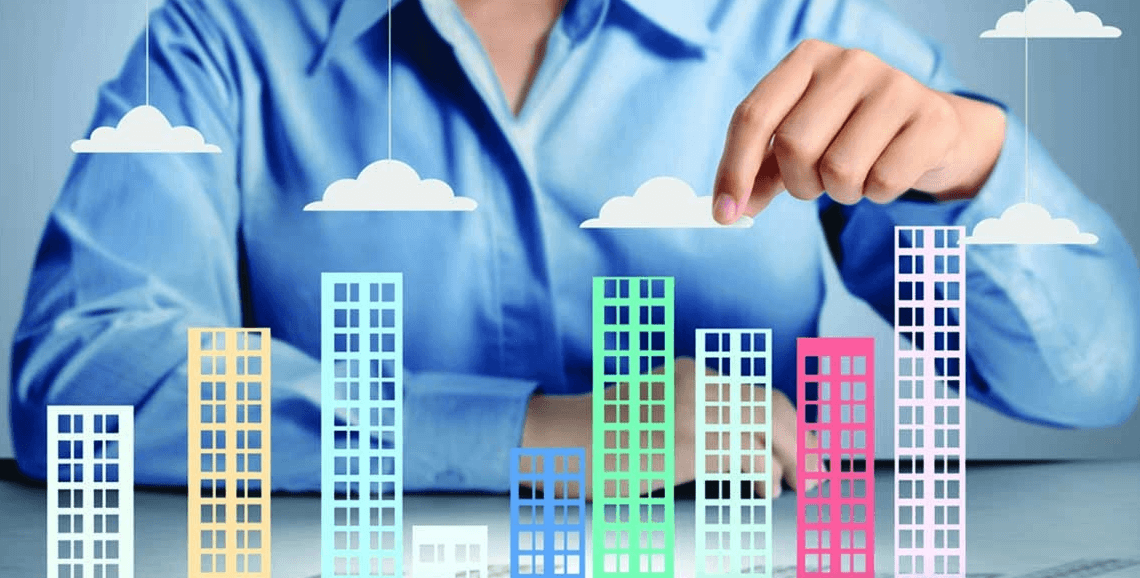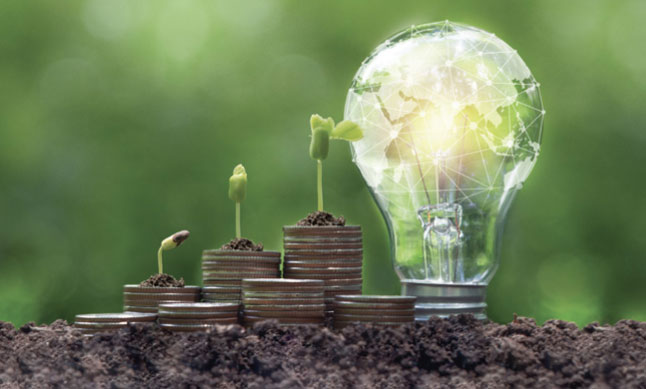Introduction
Sustainability has become one of the defining themes of modern real estate, and sustainable developers are leading the charge toward a more responsible future. Their projects go beyond aesthetics and functionality, focusing instead on environmental responsibility, resource efficiency, and long-term community resilience. By integrating sustainability into every stage of development, these innovators are shaping real estate that not only meets the needs of today but also safeguards the future for generations to come.
Sustainable developers prioritize eco-conscious design and construction practices that reduce environmental impact while maintaining high levels of comfort and utility. Their projects often feature renewable energy solutions such as solar panels, wind turbines, and geothermal systems that minimize reliance on fossil fuels. Energy-efficient insulation, smart building technologies, and natural ventilation strategies further reduce energy consumption, ensuring developments are both environmentally friendly and cost-effective for residents.
Water conservation is another cornerstone of sustainable development. Developers integrate rainwater harvesting systems, low-flow fixtures, and greywater recycling solutions to reduce waste and preserve resources. Landscaping is carefully planned with native plants that require minimal irrigation, creating green spaces that are both functional and sustainable. These measures not only support the environment but also promote resilience in regions facing water scarcity.
Materials selection is equally critical. Sustainable developers favor responsibly sourced, recycled, and low-impact construction materials that reduce carbon footprints and ensure healthier indoor environments. Combined with natural lighting, improved air quality systems, and wellness-focused amenities, their projects are designed to promote holistic well-being alongside environmental stewardship.
Beyond individual buildings, sustainable developers take a community-oriented approach. They design neighborhoods and mixed-use spaces that encourage walkability, integrate public transportation, and reduce reliance on cars. Shared green spaces, parks, and community gardens foster stronger social connections while enhancing the overall quality of life for residents.
From an investment standpoint, sustainable developments offer long-term advantages. As global regulations tighten and buyers increasingly prioritize environmental responsibility, projects built with sustainability in mind retain value and attract eco-conscious investors. These developments stand as future-proof assets that align with both market trends and global sustainability goals.
Conclusion
Sustainable developers are more than builders—they are visionaries shaping the future of real estate with responsibility and purpose. By integrating energy efficiency, water conservation, and eco-conscious design, they create projects that balance modern living with environmental stewardship. As the demand for sustainable communities continues to grow, these developers will remain at the forefront of building a healthier, greener, and more resilient future.




